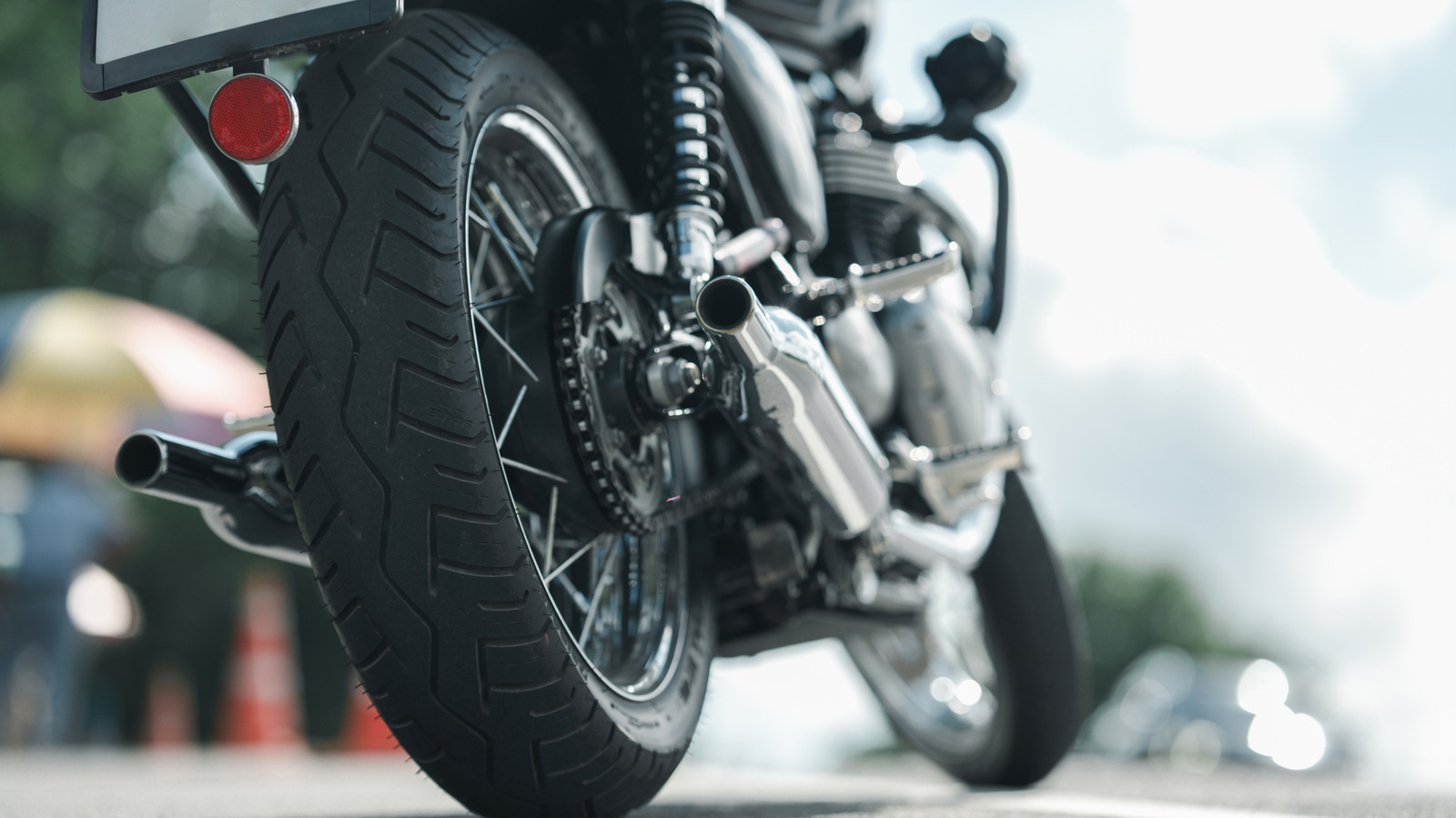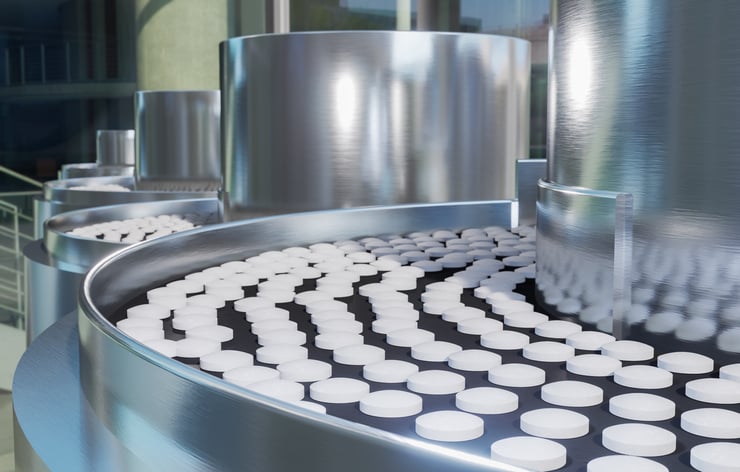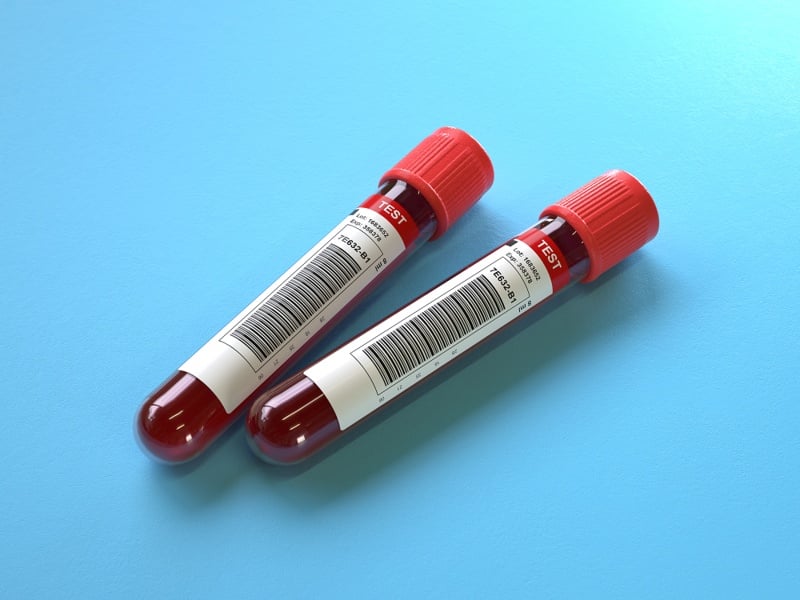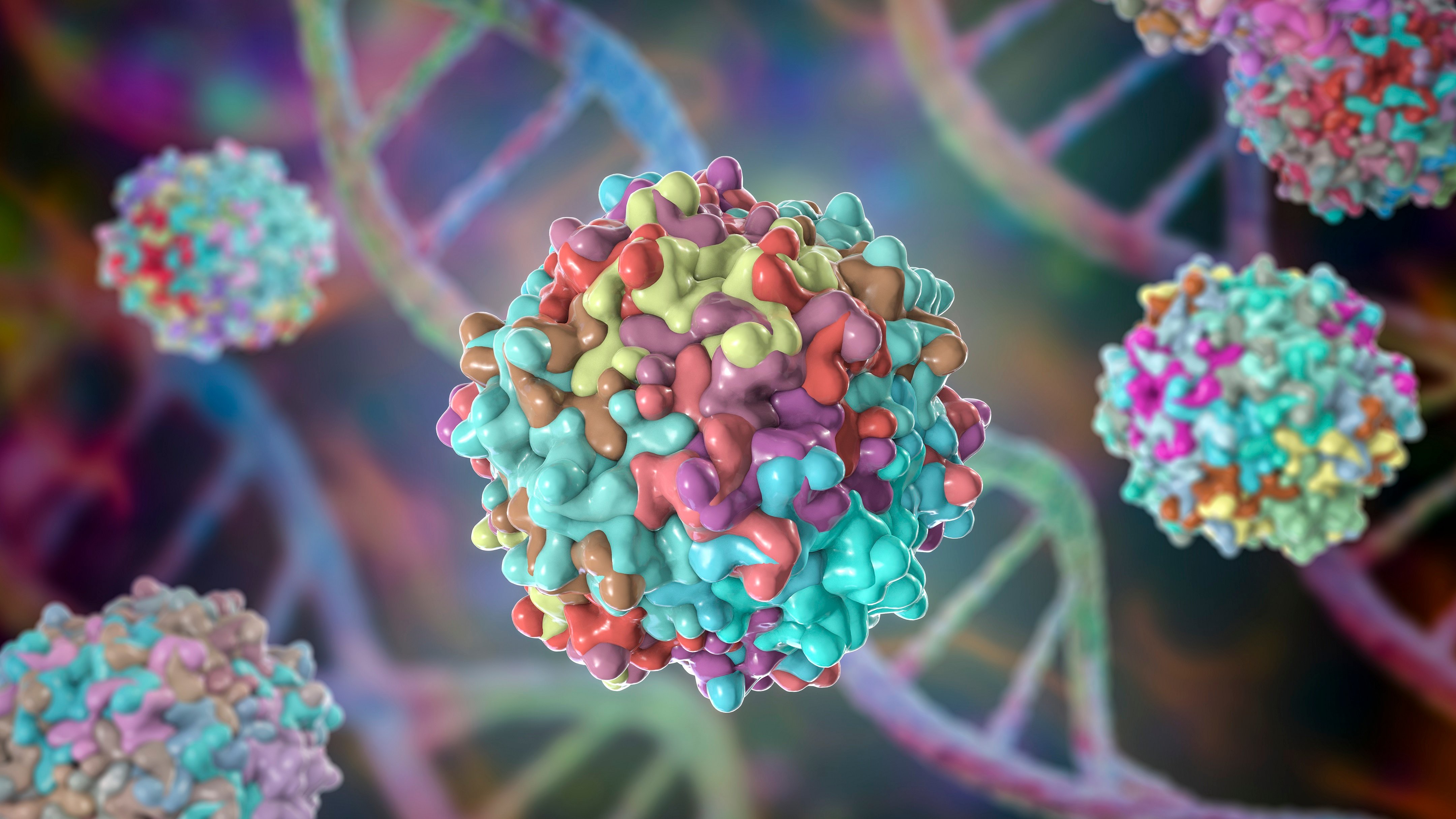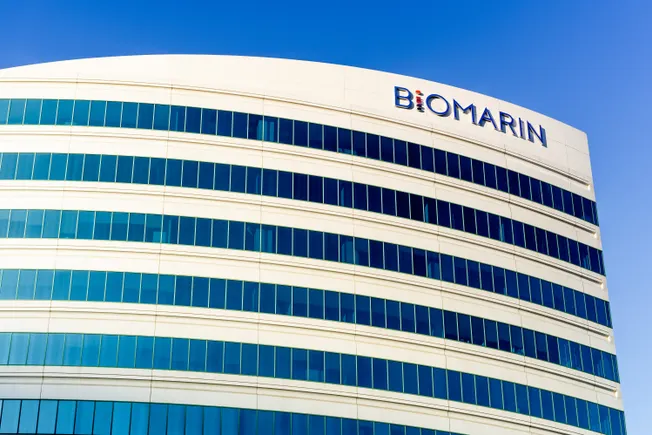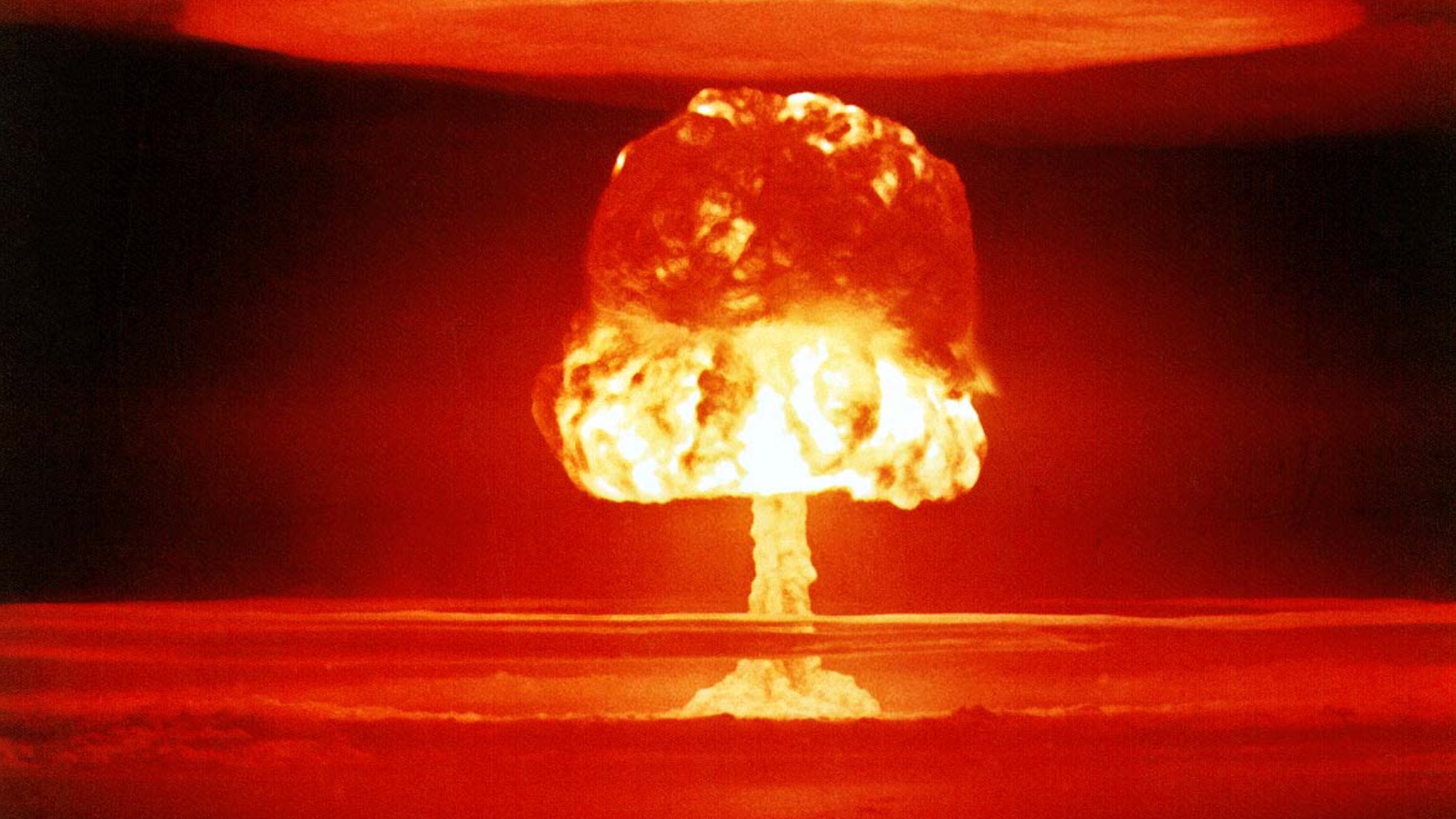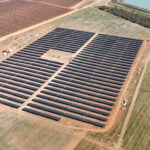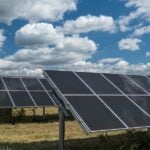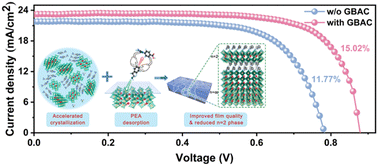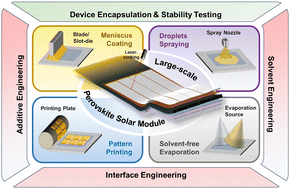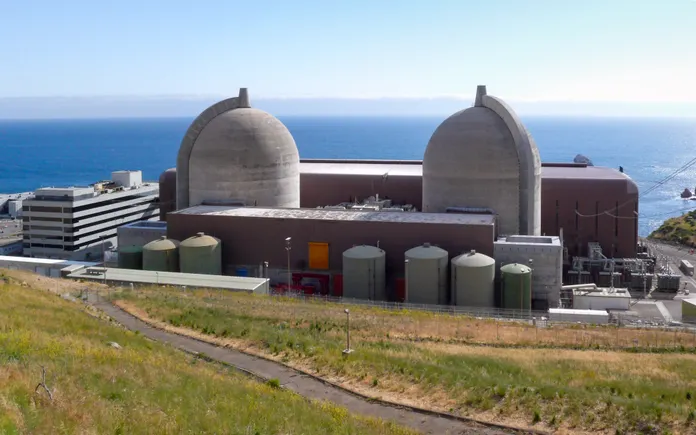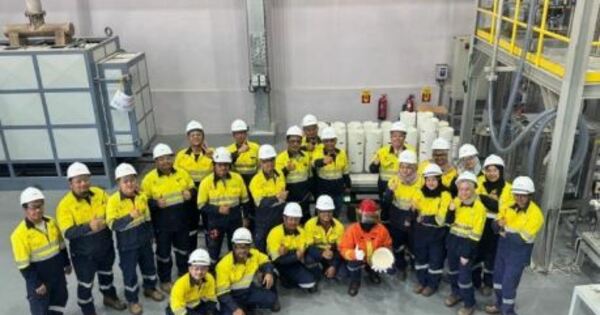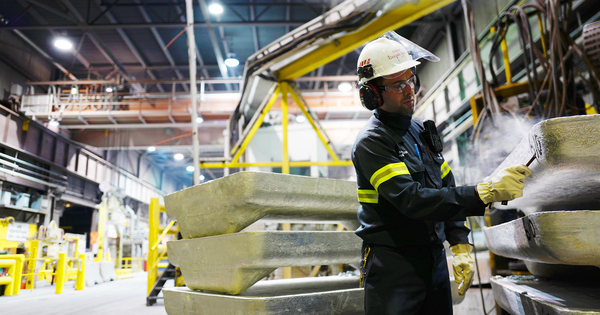Intrinsic point defect tolerance in selenium for indoor and tandem photovoltaics
Energy Environ. Sci., 2025, 18,4431-4446DOI: 10.1039/D4EE04647A, Paper Open Access   This article is licensed under a Creative Commons Attribution 3.0 Unported Licence.Seán R. Kavanagh, Rasmus S. Nielsen, John L. Hansen, Rasmus S. Davidsen, Ole Hansen, Alp E. Samli, Peter C. K. Vesborg, David O. Scanlon, Aron WalshIntrinsic point defects are found to be inactive for electron–hole recombination, while extrinsic impurities do not contribute significantly to doping, pointing to extended defects and interfaces as limiting factors in selenium solar cells.The content of this RSS Feed (c) The Royal Society of Chemistry

DOI: 10.1039/D4EE04647A, Paper
 Open Access
Open Access This article is licensed under a Creative Commons Attribution 3.0 Unported Licence.
This article is licensed under a Creative Commons Attribution 3.0 Unported Licence.Intrinsic point defects are found to be inactive for electron–hole recombination, while extrinsic impurities do not contribute significantly to doping, pointing to extended defects and interfaces as limiting factors in selenium solar cells.
The content of this RSS Feed (c) The Royal Society of Chemistry











